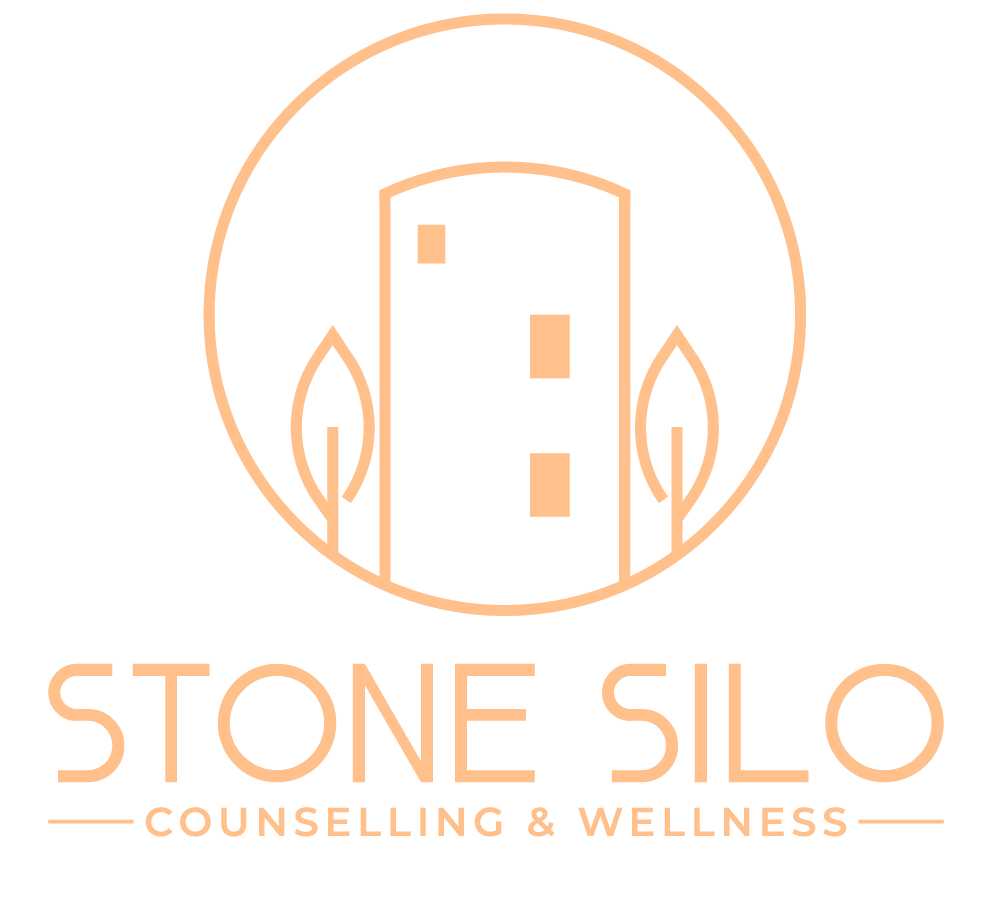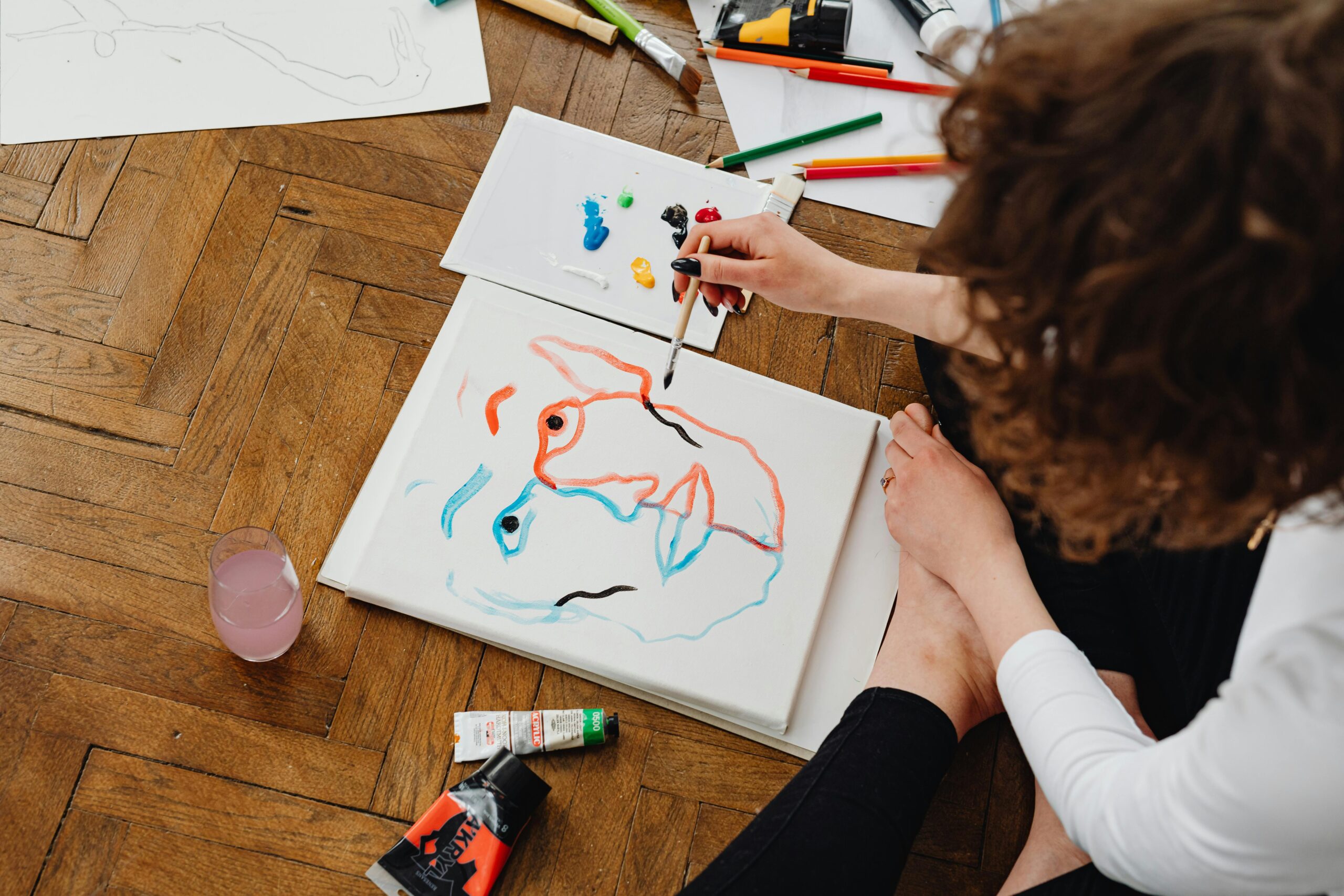Art therapy is more than just creating art—it’s a powerful tool for emotional healing and personal growth. By blending creativity with therapeutic techniques, art therapy gives people a unique way to express feelings that may be difficult to put into words. Whether you’re facing stress, anxiety, or emotional challenges, it offers a safe space to explore your thoughts and emotions through art. This blog explores the 5 facts about art therapy and why it’s valuable for all ages.
Art Therapy Has Roots Dating Back to the 1940s
Margaret Naumburg pioneered art therapy in the 1940s. She believed that art could serve as a vital means of communication for individuals who struggled to express themselves verbally. Freudian theories influenced her insights, emphasizing the exploration of the unconscious mind. This early connection between art and psychology laid the foundation for what would become a legitimate therapeutic practice. Adrian Hill, another key figure in this field, coined the term “art therapy” during his recovery from tuberculosis. He observed that engaging in artistic activities helped patients cope with their confinement and emotional distress. This historical context underscores how art therapy has evolved from informal practices into a recognized profession.
You Don’t Need Artistic Skills to Benefit
One of the most significant aspects of art therapy is that you don’t need any artistic skills to participate. The focus is on self-expression rather than artistic talent. This makes art therapy accessible to everyone, including those with little or no prior experience in creating art. The therapeutic process encourages individuals to express their feelings through various mediums—be it painting, drawing, or sculpting—without the pressure of creating a “perfect” piece. This accessibility is particularly important in today’s fast-paced world, where many individuals may feel overwhelmed by their emotions but lack the tools to express them adequately. Art therapy provides a welcoming environment that fosters creativity and personal exploration, allowing participants to engage with their feelings in a constructive way.
It’s Not Just for Children or the Elderly
Many people mistakenly perceive art therapy as limited to children or elderly individuals. In reality, it offers benefits for all age groups and can address various mental and physical health issues. Whether someone is dealing with anxiety, depression, trauma, or chronic pain, art therapy provides a safe space for exploration and healing. For instance, adolescents facing identity issues or adults coping with stress from work can find solace in expressing themselves through art. The versatility of art therapy makes it an effective tool across different demographics and psychological challenges. Moreover, art therapists can tailor the therapy to suit individual needs. Therapists can adjust their methods to fit each client’s preferences and goals, whether through structured sessions or open-ended creative exploration.
Art therapists undergo extensive training
Engaging in art therapy means working with trained professionals who have completed rigorous education and training programs. Most art therapists hold a master’s degree in art therapy or a related field, which includes extensive supervised practicum and clinical internships. This professional expertise ensures that clients receive quality care tailored to their unique needs. At Stone Silo Counselling and Wellness, we offer art therapy with Ally Dunphy, a Registered Psychotherapist (RP) who has a Diploma in Art Psychotherapy from the Toronto Art Therapy Institute (DTATI). Ally works with individuals aged three years and up, employing diverse creative arts-based approaches such as Child-Centered Therapy and Mindfulness-Based Art Therapy. Her focus on the process of creating rather than just the final product allows clients to express their emotions freely. Ally’s training allows her to connect with clients by drawing from her own experiences with school anxiety and parental divorce. This empathetic approach fosters trust and understanding, crucial elements in any therapeutic relationship.
It Can Significantly Reduce Stress and Anxiety
Numerous studies have shown that art therapy can significantly reduce stress and anxiety levels. Creative activities link to lower levels of depression and improved emotional well-being. Short creative sessions can lead to measurable decreases in stress, providing individuals with immediate relief from their daily pressures. The act of creating art allows people to channel their emotions into something tangible, fostering a sense of accomplishment and clarity. This process can be particularly beneficial for those who find it challenging to articulate their feelings verbally. By visualizing emotions through art, individuals often gain new insights into their experiences and challenges. Furthermore, incorporating mindfulness techniques within art therapy sessions can enhance its effectiveness. Mindfulness encourages participants to stay present in the moment while they create, which can lead to deeper emotional processing and relaxation.
Art therapy stands as a beacon of hope for many seeking emotional healing and self-discovery. Its rich history dating back to the 1940s highlights its evolution into a respected therapeutic practice accessible to all. By focusing on self-expression rather than artistic skill, it invites everyone to explore their creativity without fear of judgment. With professionals like Ally Dunphy at Stone Silo Counselling and Wellness, art therapy works well for people of all ages and mental health challenges. The effectiveness of this approach in reducing stress and anxiety further solidifies its place in modern counselling practices. If you’re interested in exploring your emotions through art, consider booking a free 15-minute Meet & Greet. A simple brushstroke or pencil mark could be the start of your journey toward emotional wellness.





